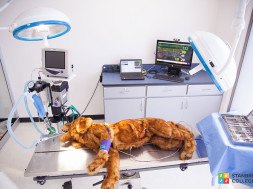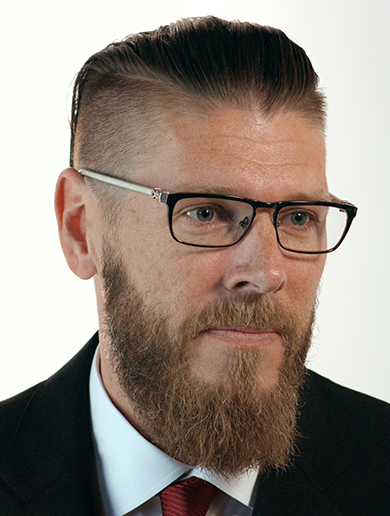
Dos and Don’ts to Achieve Student Success in Today’s Higher Education Landscape
By Jason Pistillo, President, University of Advancing Technology
The higher education sector is at a critical moment in history. Facing serious, ongoing challenges in the form of shrinking student populations, increased competition for fewer students and budgetary constraints across the board (to name a few), colleges, especially proprietary schools, need to leverage innovative technology now more than ever to completely transform the student journey in a way that benefits both students and institutions.
After spending more than 20 years in the higher education sector, I’ve developed a couple of do’s and don’ts for proprietary school owners to keep top-of-mind with regards to technology and student success as we head deeper into 2018:
DO look at what industries outside of higher education are doing.
How are these industries measuring user experience and user affiliation/satisfaction? What are the metrics that are being used to determine success? How can your institution apply these insights from other industries and develop key learnings? Looking at popular apps is a good place to start. At the same time, though…
DO remember that everything is different for higher education.
This is especially important when it comes to recruitment and student success strategies, as higher education institutions need to work much harder than most other industries would for the same goals. For example, to recruit for a one-year program that takes 1,000 students each year, a college or university would have to successfully recruit 1,000 new incoming students per year. There is also no such thing as repeat business; when students graduate, they usually don’t come back for a second degree.
This is different from most other industries, so it’s difficult to find another model outside of higher education to follow in this respect.
Another challenge that many institutions face is being able to tell exactly when a student begins looking at a particular school. For example, a student might have been considering a particular college or university for years before the school reached out, without the institution ever realizing it. In reality, it’s hard to actually know what a student, or potential student, is feeling or experiencing at any given time, complicating the process even more.
DO articulate clearly the kinds of students you want to recruit and retain.
Most schools are not investing in how to find the right students. Take a look at your “pond,” or your immediate market, and determine your value proposition/market differentiator in your community. This will help you to recognize how your institution is different from the others that are out there. Once you’ve identified the differences, don’t be afraid to be ruthless about emphasizing and preserving those values to distinguish your school from others. Find students who want to be around like-minded people, are able to articulate exactly what they want and have a burning desire to master their game.
DON’T ignore the data that’s already available to you.
Successfully leverage data to understand your students’ unique needs and desires and look for novel data points that are out there. At the same time, take an inventory of what data you already have. It’s easy to think about the type of data that everyone has access to – attendance, grades and demographics, for example. But what about how quickly students are turning in their assignments? What happens when you change the faculty response time from 24 hours to one hour? How do these things impact students’ overall performance and retention? There’s so much new technology out there that higher education professionals aren’t leveraging to learn more about who is attending, or wants to attend, your institution.
DON’T use technology to determine student risk.
There is a common misconception among the higher education community that the best way to drive student success is to determine and alleviate student risk. However, many colleges and universities tend to get hung up on using technology to try to identify students who are more likely to drop out due to falling grades or low attendance than those who are actually doing well. What we should instead focus on is reinforcing good behavior.
Look at those students and learners who were previously wavering but are starting to see improvement and are on track toward success and acknowledge their progress.
By making students feel good about how far they’ve come, you are engaging and encouraging good behavior, which is likely resulting from students who are invested in becoming an integral part of your school community.
DON’T let students leave your institution until they are workforce-ready.
Establish a series of checkpoints that are built in for students in their senior year in a conscious effort to distinguish graduates from the rest after they leave. Students should leave with a clear understanding of what will be asked of them in the real world and throughout their careers. Test career readiness and require students to complete twice the number of internships as other schools do. Additionally, before each student graduates, have them complete a board assessment, requiring them to defend a body of work in front of a panel of judges. Not only does this prove their innovative mindset, but it also gives them a unique experience that they can reference in the early stages of their careers.
JASON PISTILLO is President at the University of Advancing Technology (UAT), which uses Campus Management’s Student Information System to transform the student journey. In his tenure, UAT has been transformed into a one-of-a-kind, private university that features world-class degree programs in a technology-rich campus environment. As a noteworthy leader in the industry for over two decades, Pistillo has implemented systems ranging from network to software engineering; developed information structures; designed marketing systems, curriculum and learning theories and developed leaders along the way.
Contact Information: Jason Pistillo // President // University of Advancing Technology // 602-383-8228 // http://www.uat.edu/










